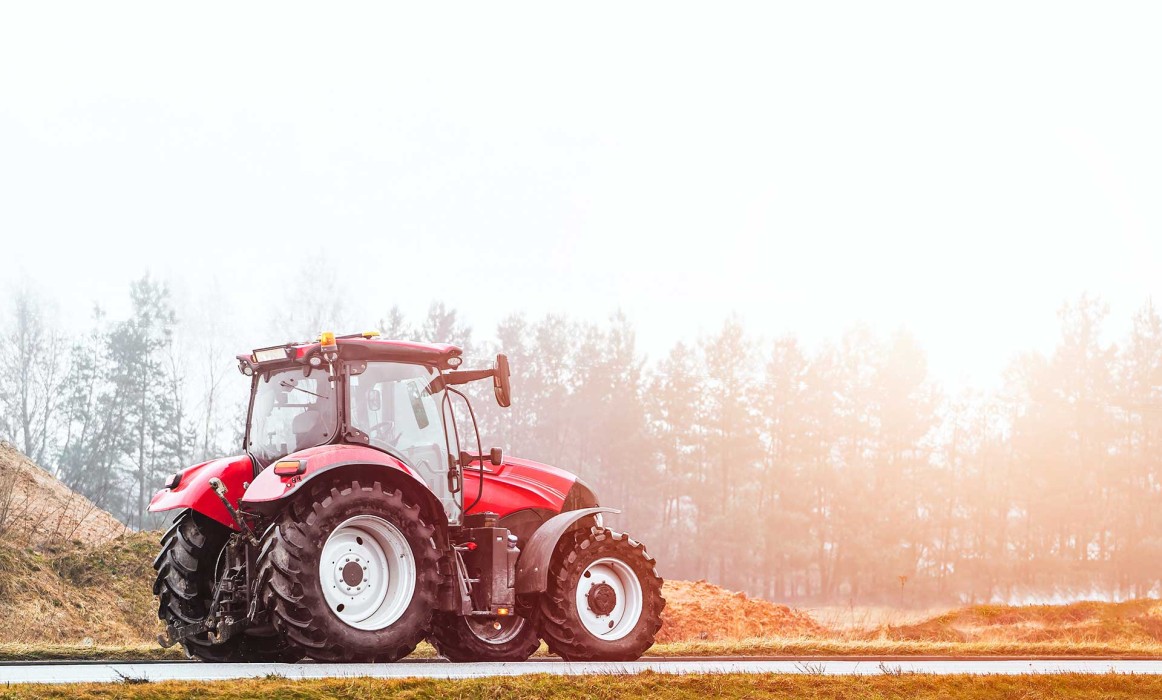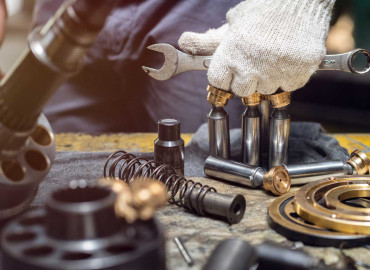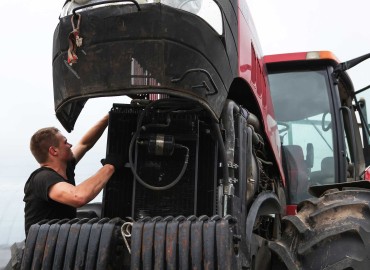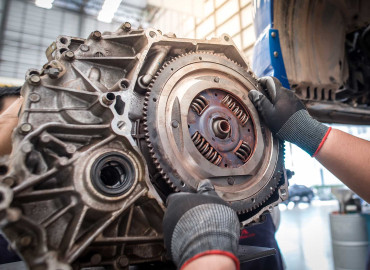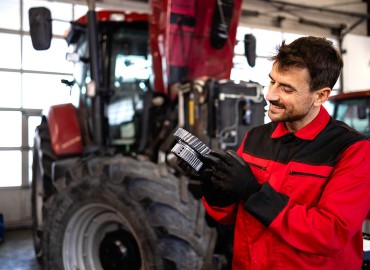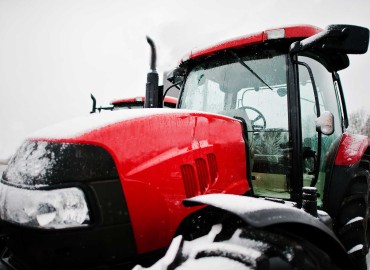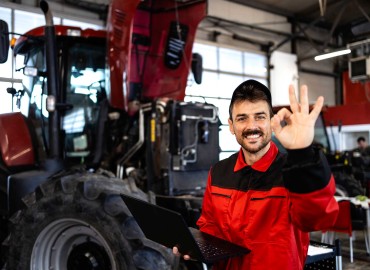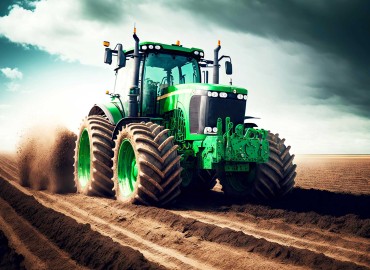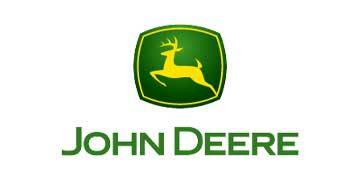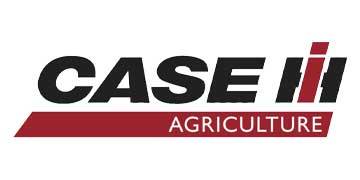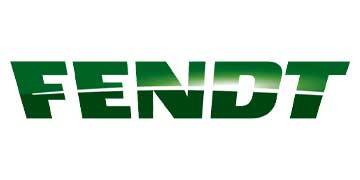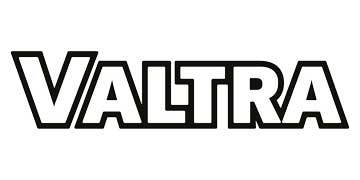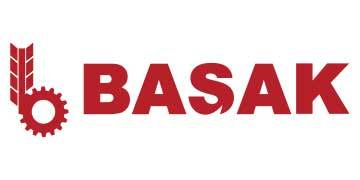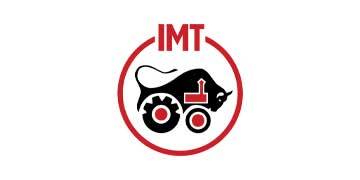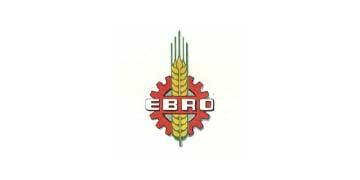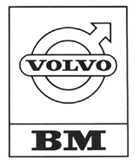Tractors are powerful and efficient vehicles used in agricultural and construction works. However, due to their large and heavy structure, the use of tractors carries some risks. For this reason, it is vital to follow the safety rules when using a tractor.
Safety While Using Tractor
The safety rules that must be followed when drivinga tractor are as follows:
Training and Information
Have adequate training and knowledge before you start using the tractor. Familiarise yourself with the tractor's characteristics, operating instructions and safety procedures. A trained operator increases safety and prevents accidents.
Personal Protective Equipment
Wear appropriate personal protective equipment when operatinga tractor . This equipment includes safety glasses, ear protection, gloves and sturdy boots. Protective equipment protects you against possible accidents and increases your safety.
Pre-use Check
Carry out a thorough pre-check before using the tractor. Make sure that important parts such as oil levels, tyre pressures, brakes and lights are working properly. Also check for fuel and oil leaks.
Loading and Unloading
Be careful when loading and unloading. Make sure that the loads are properly placed and balanced. Overloading can destabilise the tractor and cause accidents.
Slow and Careful Operation
Drive the tractor slowly and carefully. Control your speed, especially on bends and steep slopes. Rapid movements can cause the tractor to tip over and cause serious accidents.
Controlling the Environment
Always check your surroundings when driving the tractor. Make sure that people, animals and other vehicles are around the tractor. Use reversing cameras or mirrors to avoid blind spots.
Safe Driving Area
Drive your tractor in a safe driving area. Avoid steep slopes, slippery surfaces and obstacles. Choosing a safe working area prevents accidents and increases the stability of the tractor.
Use of Fuel and Chemicals
Handle chemicals and fuel with care. Refuelling should be done outdoors and in non-smoking areas. Ensure that chemicals are stored safely and labels are read.
Maintenance and Repair
Carry out regular maintenance of the tractor. Periodically check the engine, brake systems and other critical parts. Replace defective or worn parts in a timely manner. Regular maintenance ensures safe operation of the tractor.
Working Hours and Rest
Avoid long working hours when drivinga tractor . Fatigue can lead to distraction and accidents. Take regular breaks and ensure adequate rest periods.
Emergency Procedures
Plan ahead for emergencies. Check your first aid kit and keep emergency numbers on your tractor. Familiarise yourself with and follow emergency procedures.
High Temperatures and Weather Conditions
Be careful in hot weather conditions. Protect the tractor engine from overheating and check the adequate water level. Also take precautions against harsh weather conditions such as ice and snow in winter.
Communication and Coordination
Maintain good communication and co-ordination with your surroundings when drivinga tractor . Communicate effectively with co-workers and exchange information using hand signals or walkie-talkies.
Trained Auxiliary Personnel
Make sure that the auxiliary personnel working with the tractor are trained and experienced. Auxiliary personnel must be familiar with the safe use of the tractor and follow the necessary safety procedures.
Compliance with Standards
Make sure that your tractor complies with local legal regulations and safety standards. Following the legal requirements ensures the safety of both you and your environment.
Parking the Tractor
When parking the tractor, choose a suitable parking space. Park the vehicles properly and use the parking brake. Also make sure to stop the tractor completely before switching off the engine.
 en
en  tr
tr 
